Italy travels: My five favorite trips over 11 years
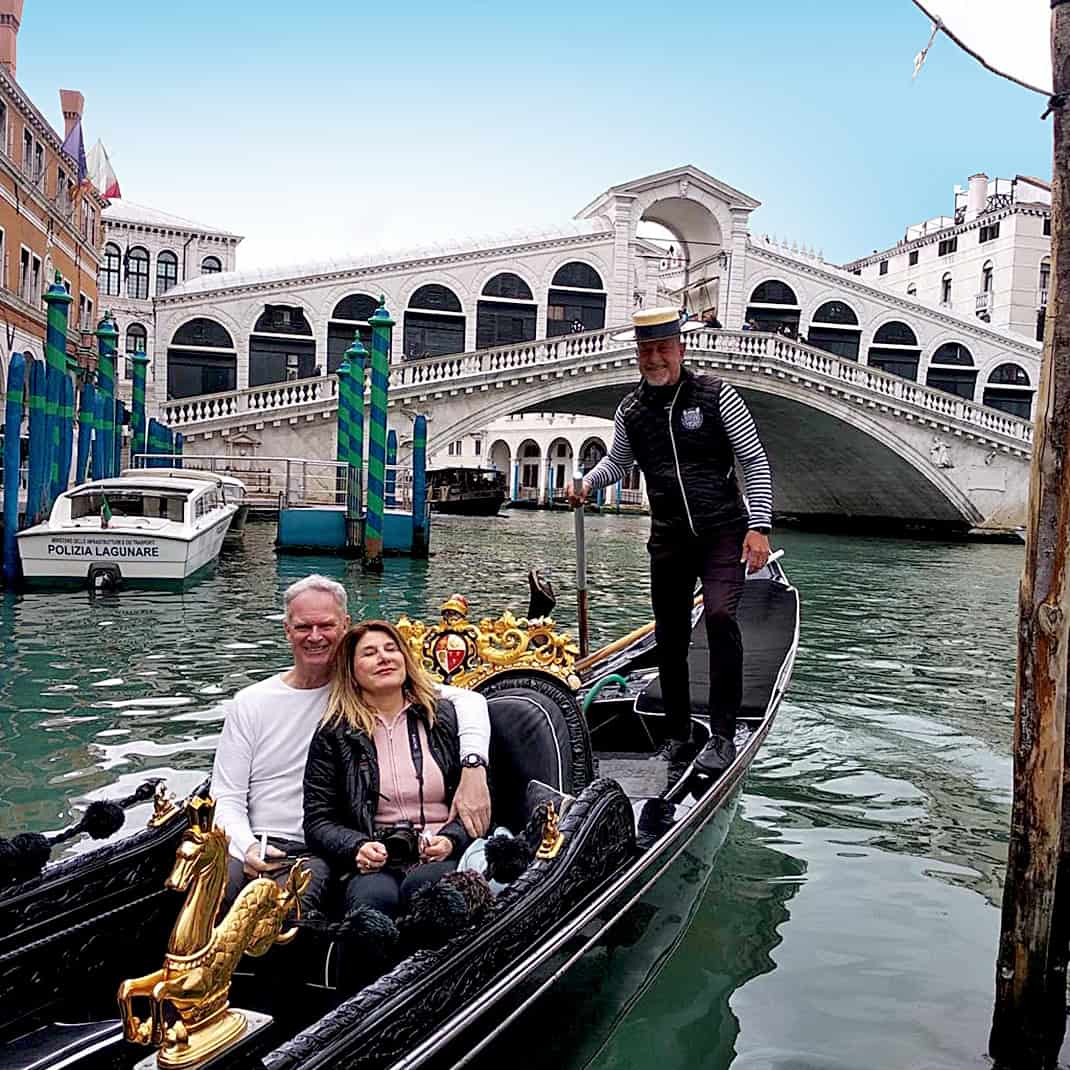
Before I left for Turkmenistan two weeks ago, I visited my dentist here in Rome. Like everyone else, he asked why I was going to a place I always have to explain where it is. I asked where he went during the Italians’ annual vacation period in August. He went to Abruzzo.
“I don’t understand why everyone goes to all these different countries,” he said. “Why go to Mauritius when you have everything in Italy?”
Oh, I don’t know. Maybe it will be fun. It may be interesting. It may be adventurous.
But I understand his point. I retired to Italy in 2014 and within these borders I have had some of the most amazing journeys in my 47-year history of international travel. I started reminiscing about the scenic train rides, wine on quiet piazzas, the ancient history around every corner.
Marina has been at my side for nearly all of them, adding to the appeal as these destinations even opened the eyes of this Rome native who’d been everywhere from Sicily to the Alps..
While I fill in some blanks in my reporting from Turkmenistan and Italy explodes in protest over the Gaza War, I thought I’d list my five favorite trips in Italy, in order. (Prices are for October and links go to more detailed blogs). October is a great time to travel here but if you’ve used your vacation time, keep this list in mind for next year while you sit at your desk dreaming of pasta amatriciana and Renaissance palaces.
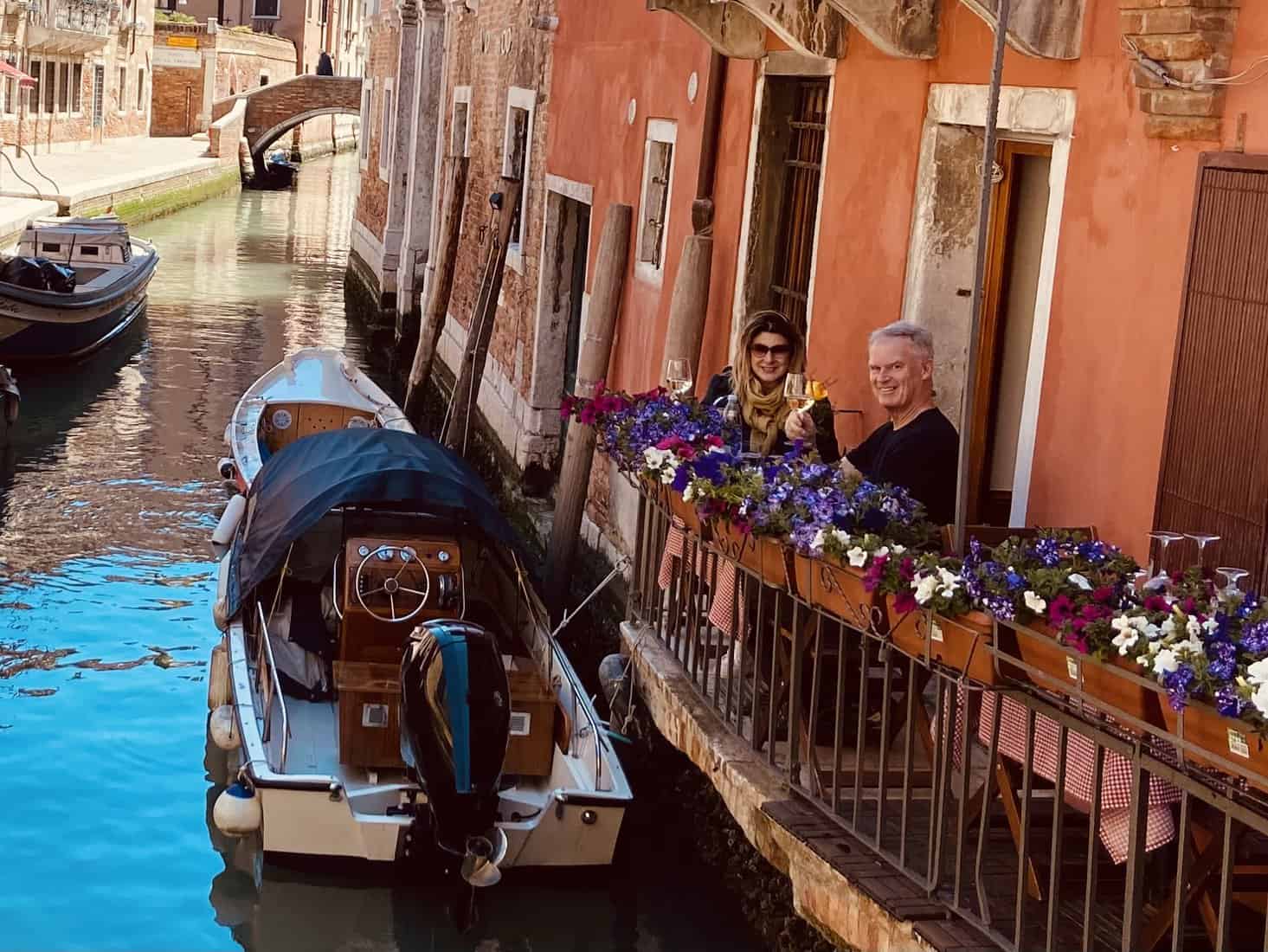
Venice (2021)
OK, this is trodding on a well-beaten path. I know. But the circumstances that led us here made this my most memorable trip in Italy.
Note the date. It was during Covid. I was on assignment in Piedmont when Italy dropped its second major lockdown. I wrote Marina: Get your cute little butt to Venice! It’ll be empty!
We took our first gondola ride and were one of only two boats we saw on the Grand Canal. Our hotel down an alley from St. Mark’s Square had only two other guests. We had lunch outside alone above a tiny canal. We drank wine in a St. Mark’s so empty, pigeons frantically flew around looking for the ubiquitous breadcrumbs that were never thrown.
In another restaurant, we were one of two couples.
Considering Venice had one of the world’s most powerful naval empires for 1,000 years until the late 18th century and has been a tourist destination ever since, I figured this was the most empty Venice had been since the fall of the Roman Empire.
Of course, now it has resumed its chaos with over tourism forcing the city to charge for day trippers and forcing many Venetians to leave for the mainland.
But for two magical days four years ago, I found myself awkwardly thanking Covid.
How to get there: Italo (italotreno.it) has trains from Rome lasting four hours starting at 35.90 one way if bought at least a week in advance. Prices are higher if purchased sooner or in summer. Trenitalia (lefrecce.it) has several a day starting at €42.90.
Where to stay: Hotel Antico Panada. Calle degli Specchieri 646, 39-041-520-9088, www.hotelpanada.com, info@hotelpanada.com. Only about 50 feet from St. Mark’s Square, the three-star Panada has elaborately furnished rooms and a fine buffet breakfast included. A classic double room is €115.
Where to eat: Trattoria Dona Onesta, Dorsoduro 3922, 39-041-71-0586, https://trattoriadonaonesta.wixsite.com/website,donaonestavenice@gmail.com, noon-10 p.m. Romantic spot above a quiet canal with many seafood choices. .
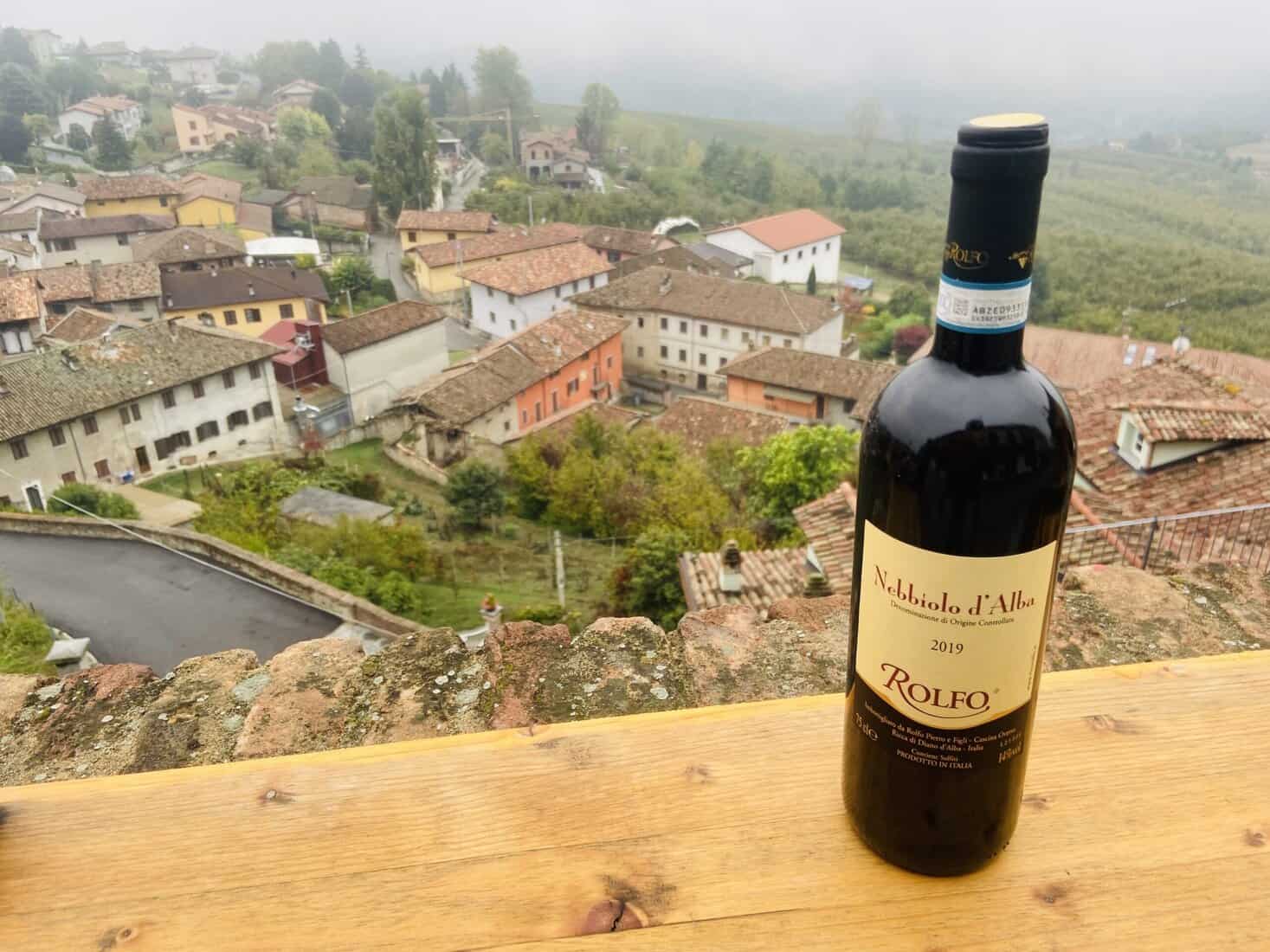
Le Langhe (2022)
If you live in Italy, you must love wine. If you love wine, you must visit Le Langhe.
The zone in the Northern Italian region of Piedmont is the center for Barolo, my favorite wine in the world and arguably the most famous Italy produces. It’s also the center for Romanesco, Barolo’s cheaper cousin which comes from the same Nebbiolo grape.
In October 2022, right after the harvest, Marina and I took a B&B in the village of Diano d’Alba (pop. 3,600). Every morning we woke to see a castle sticking up above the fog. As the weather cleared, we could see grapevines stretching to the horizon.
Le Langhe has been a UNESCO World Heritage Site since 2014 and is home to more than 800 wineries. Little Diano d’Alba alone has 42. We drove around to various wineries where we were often the only guests. We met the winemakers. We tasted their wine. We bought their bottles.
At night we ate risotto, Piedmont’s signature creamy rice dish, the perfect feel-good food on crisp, dark fall nights in Northern Italy.
How to get there: Drive. Public transportation in Le Langhe is nearly non-existent and only cars can reach the individual wineries. Call ahead to make sure they have space for wine tastings. Prices vary. Alba, Lange’s main town, is 35 miles (60 kilometers) from Turin and 90 (150) from Milan. Car rentals in Turin start at about €17 a day. From Milan they start at €26.
Where to stay: Poggio del Farinetti, Via Farinetti 24/25, Diano d’Alba, 39-338-465-8012, 39-360-103-8686, www.poggiodelfarinetti.com, info@poggiodelfarinetti.com. Located just north of Alba in a quiet hilly village, this B&B has rooms with spectacular panoramic views of the surrounding vineyards and the town castle. It also has a swimming pool and good buffet breakfast. It may be the nicest place I’ve stayed in Italy. A double room is €125 a night with a two-night minimum.
Where to eat: Trattoria del Centro, Via Alba Cortemilia, Ricca, 39-01-736-12707, www.trattoriadelcentro.com, 11:30 a.m.-3:30 p.m., 7-11 p.m. Wednesday-Monday, 11:30 a.m.-3:30 p.m. Tuesday. A Piedmont specialty is risotto, Italy’s creamy rice dish. This simple eatery on the outskirts of Diano d’Alba had a Risotto del Dolcetto made from wine from its own cantina three miles away. It was one of the best risottos I’ve ever had. Mains start at €9.
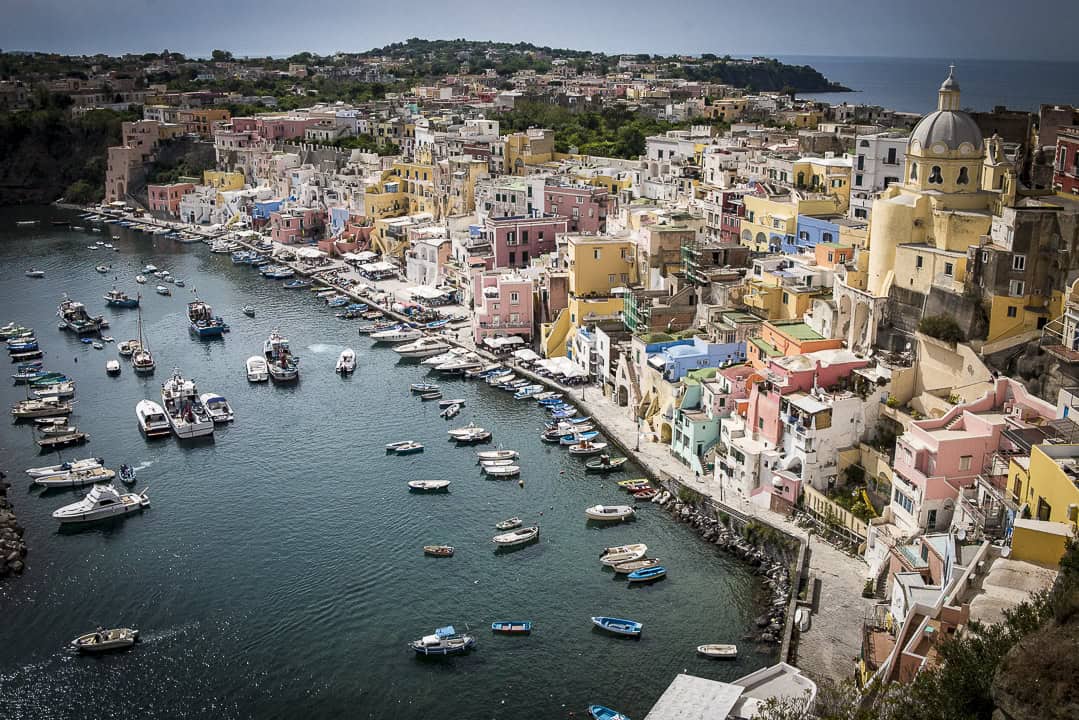
Procida (2017, 2020)
Italy has about 450 islands. Procida is my favorite. I loved it so much on our first visit, we went back three years later.
It doesn’t have the international cache of Capri or the beaches of Ischia, but it has the best combination of scenery, beaches and authenticity. Its harbor may be the prettiest in Italy with its pastel-colored buildings framing docked fishing boats and fishermen mending nets on the wharf.
Its beaches have cute bars where we sat outside drinking cold, frothy beers and wine next to pleasure boats. La Lampara, with its scrumptious seafood ravioli and spectacular view of the harbor, remains my favorite restaurant in all of Italy.
It helps that our hotel, La Vigna, sits on a hill overlooking the Bay of Naples. We ate breakfast in its garden and soaked in its spa.
If you’re not convinced, watch Il Postino, the Oscar-nominated film from 1995 that was filmed on Procida, because it still looks like the 1950s when the film was set.
How to get there: Numerous trains leave all day from Rome to Naples, 70 minutes, start at €27 one way. From Napoli Centrale, a 13-euro cab ride takes you to Naples’ port where a ferry to Procida is 17 euros per person round trip.
Where to stay: Hotel La Vigna, 39-081-896-0469, www.albergolavigna.it, info@albergolavigna.it, €130. Clifftop hotel with garden dining area, views of the bay and big swimming pool.
Where to eat: La Lampara, 39-081-896-0609, Via Marina di Corricella 88, www.hotelcorricella.it/it.html, info@hotelcorricella.it, noon-3, 7-10:30 p.m. Romantic spot overlooking Marina Corricella. Fantastic seafood ravioli and tiramisu sprinkled with lemon. I spent 65 euros for two.
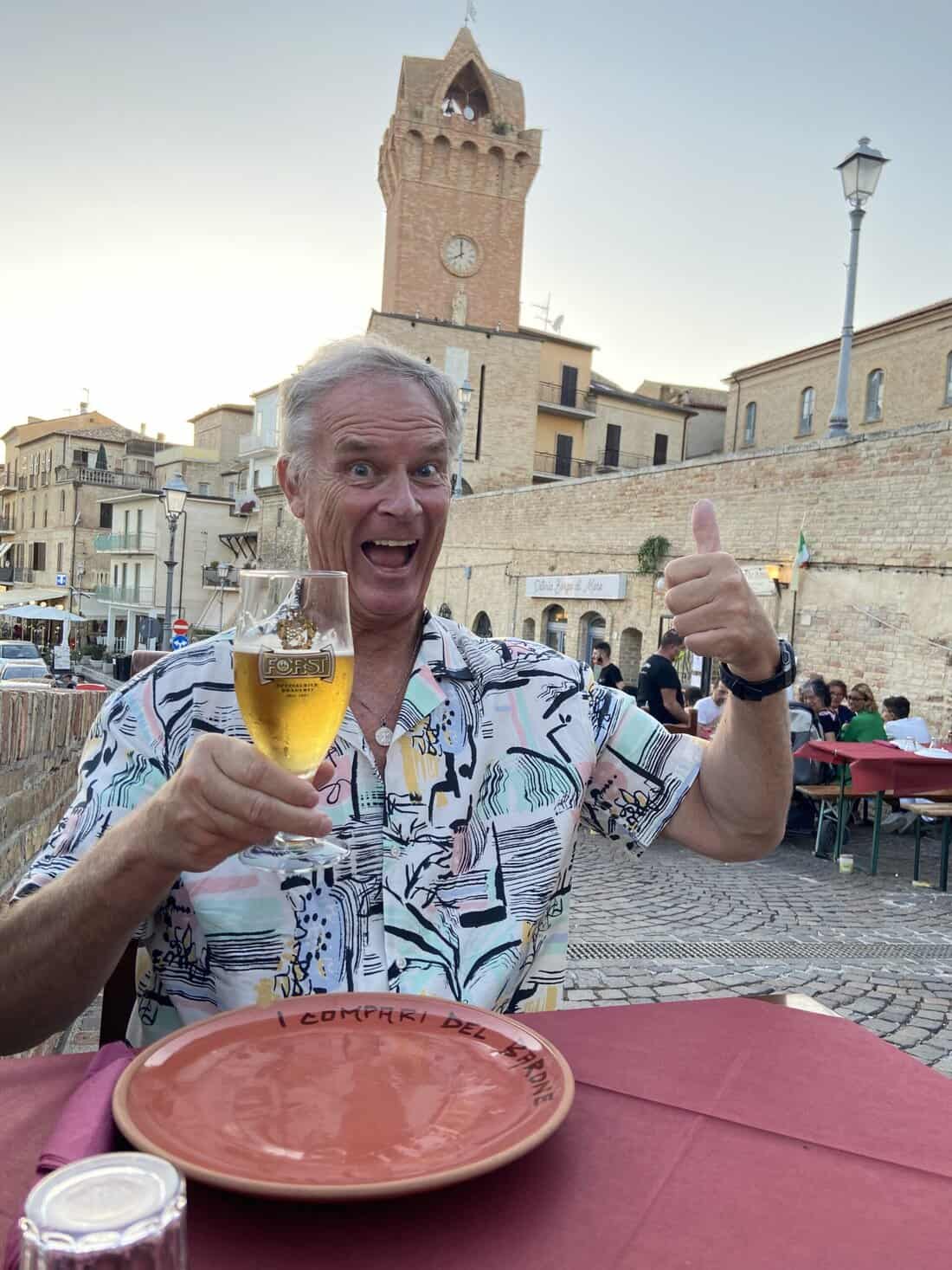
Tortoreto (2021)
Speaking of Abruzzo …
… my dentist was right about one thing. Abruzzo is a special place. It’s off the international tourist path and combines mountains with beaches and national parks and signature wine and cuisine.
The town of Tortoreto is one of the most unique towns in Italy. Our Il Parco sul Mare Resort was high on a hill, known as Tortoreto Alto, where the village has a beautiful square lined with outdoor restaurants. We ate Abruzzo’s signature arrosticini, grilled mutton on wooden skewers, and looked at the Abruzzo countryside beyond.
The next day we eschewed our resort’s beautiful, big pool and went down the hill to the beach in Tortoreto Lido. A paved bike path stretches 80 miles from Le Marche to Puglia past beach bars and a long swath of white sand and lanais chairs.
Our resort was also next door to the Terraviva winery where we were the only guests. Terraviva uses Abruzzo’s indigenous grapes and I fell for a 2020 Trebbiano which later found a home in my wine rack.
On one day trip we drove around the countryside and stopped in villages such as Corropoli where we lunched at Il Grillo, an agriturismo serving chitarra all’Abruzzese, razor thin, long pasta with round chunks of beef in a tomato sauce topped with a big basil leaf for €6.
Afterward we drove to Colonella, high in the hills at about 1,000-foot elevation. We could see the Abruzzo countryside below us, Le Marche countryside to our left and the blue Adriatic framing it all.
This is old Italy, unvarnished and beautiful in its rawest form.
How to get there: About five buses leave daily from Rome’s Tiburtina station to Tortoreto. The 4-hour, 15-minute ride is 7-11 euros. A five-hour train changes at Pescara and is 19-40 euros. The best option is by car. I rented one at Fiumicino Airport for 346.72 euros ($410) for five days including full insurance.
Where to stay: Il Parco sul Mare, Via Vascello 17/A, Tortoreto, 39-08-617-77325, www.ilparcosulmare.com, info@ilparcosulmare.com. A standard double room in July is listed at €90. Spa and Jacuzzi extra. Half board available. Free shuttle to beach for stays of at least three nights.
Where to eat: I Compari del Barone, Via Terranova 7, Tortoreto Alto, 39-08-617-88786, 39-327-710-4440. 7:30 p.m.-midnight. Traditional Abruzzese cuisine at very affordable prices.
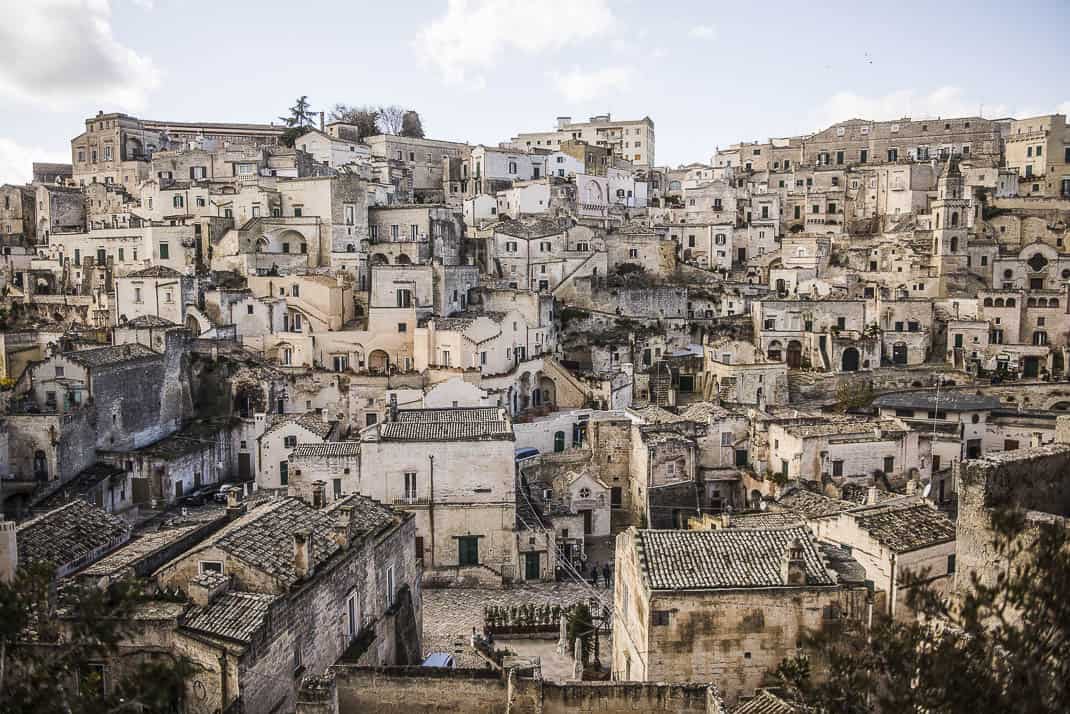
Matera (2017, 2019)
This made my list merely because of the shock waves it sent through my body. It’s way off the beaten path in Basilicata, often an afterthought in Southern Italy. Matera dates back to 7,000 B.C. and, according to Traveller magazine, is the world’s third-largest city behind Aleppo, Syria, and Jericho, Palestine.
But parts of it look as if it hasn’t changed in 7,000 years. Matera’s old town is a pile of yellowish-white stone climbing up a hill and laced by narrow alleys. This zone, known as the Sassi (Italian for “Stones”), looks straight out of the Holy Land.
It’s why so many films have been shot here, most notably Mel Gibson’s The Passion of the Christ in 2003. We stayed in the Sassi at La Dolce Vita Bed & Breakfast and learned of the area’s comeback story. Forty years ago, the Sassi was nearly abandoned but the locals refurbished the homes and in 2019 became the European Capital of Culture.
It gets 400,000 visitors a year but on a cold December week we never felt crowded while negotiating the narrow alleys and dining in caves such as La Cantina Bruna. We ate Basilicata cheese at Caveoso, another restaurant built into a cave.
Bordering the Sassi is Parco della Murgia Materana, a huge gorge with a river and hiking paths crisscrossing up the side. I kept imagining Jesus would come around the corner, with no cross on his back but a big smile on his face.
How to get there: Take train from Rome to Salerno. Change to a bus for Matera. Journey is 4 hours, 10 minutes, not including layover.
Where to stay: La Dolce Vita B&B, Rione Malve 51, 39-08-35-310-324. www.ladolcevitamatera.it. In the heart of the Sassi with English-speaking owner and excellent breakfast. Double room is €110.
Where to eat: Soul Kitchen, Via Casalnuovo 27, 39-08-35-236-124, noon-10:30 p.m. Friday-Wednesday, 7-10:30 p.m. Elegant restaurant with superb local sausages. About €20-€30 per person.


October 8, 2025 @ 12:14 am
I love that at least 3 of these were during the height of the pandemic – ha! I totally get it . I enjoyed reading this, especially since our Government is shut down, and I’ve now got nothing but time on my hands…makes me want to get the F out of here and hop on a flight to, well, anywhere that has decent wine and weather.
October 8, 2025 @ 11:45 am
Come over. I’ll take you out for pizza. You’ll never eat Pizza Hut again.